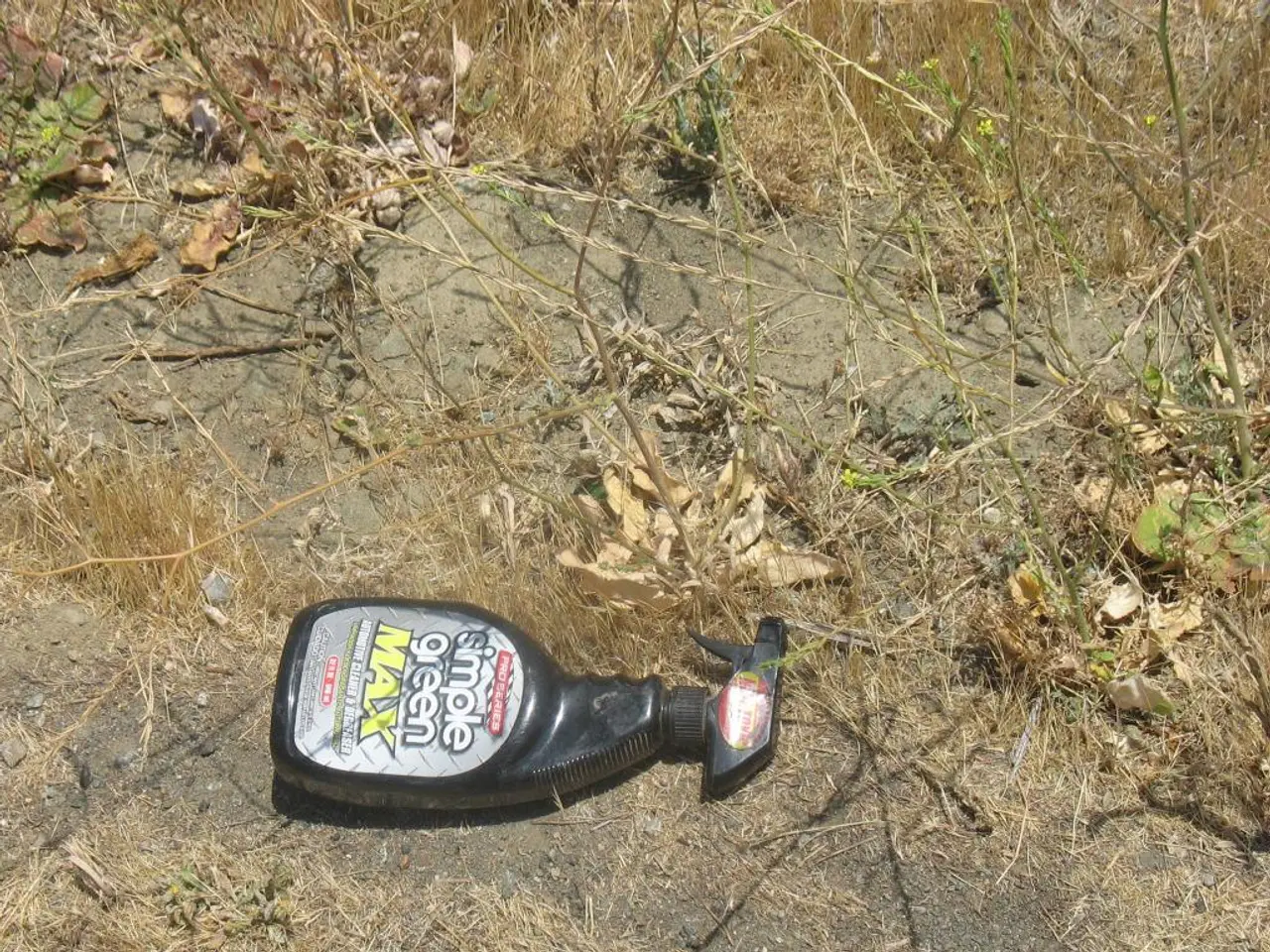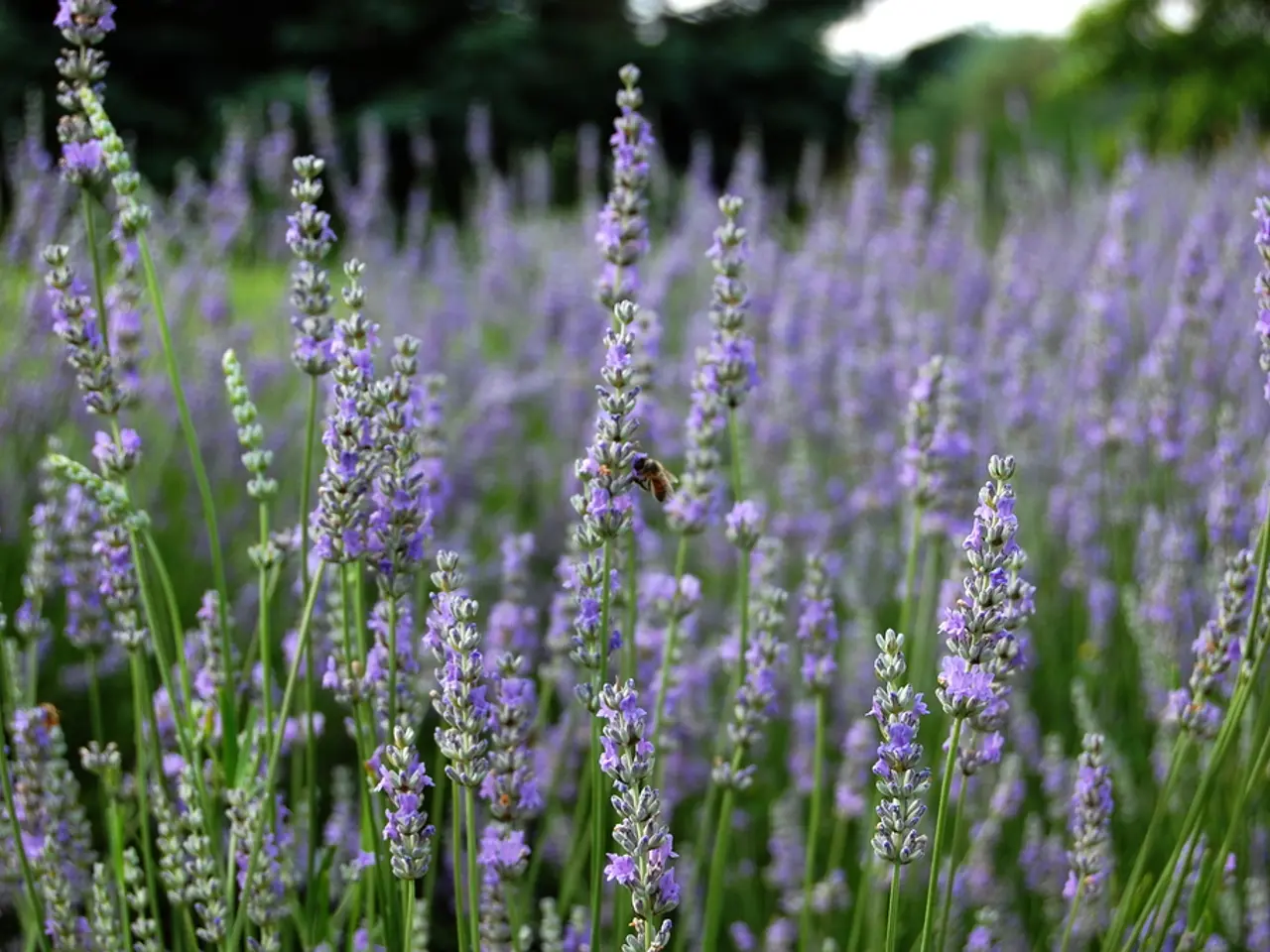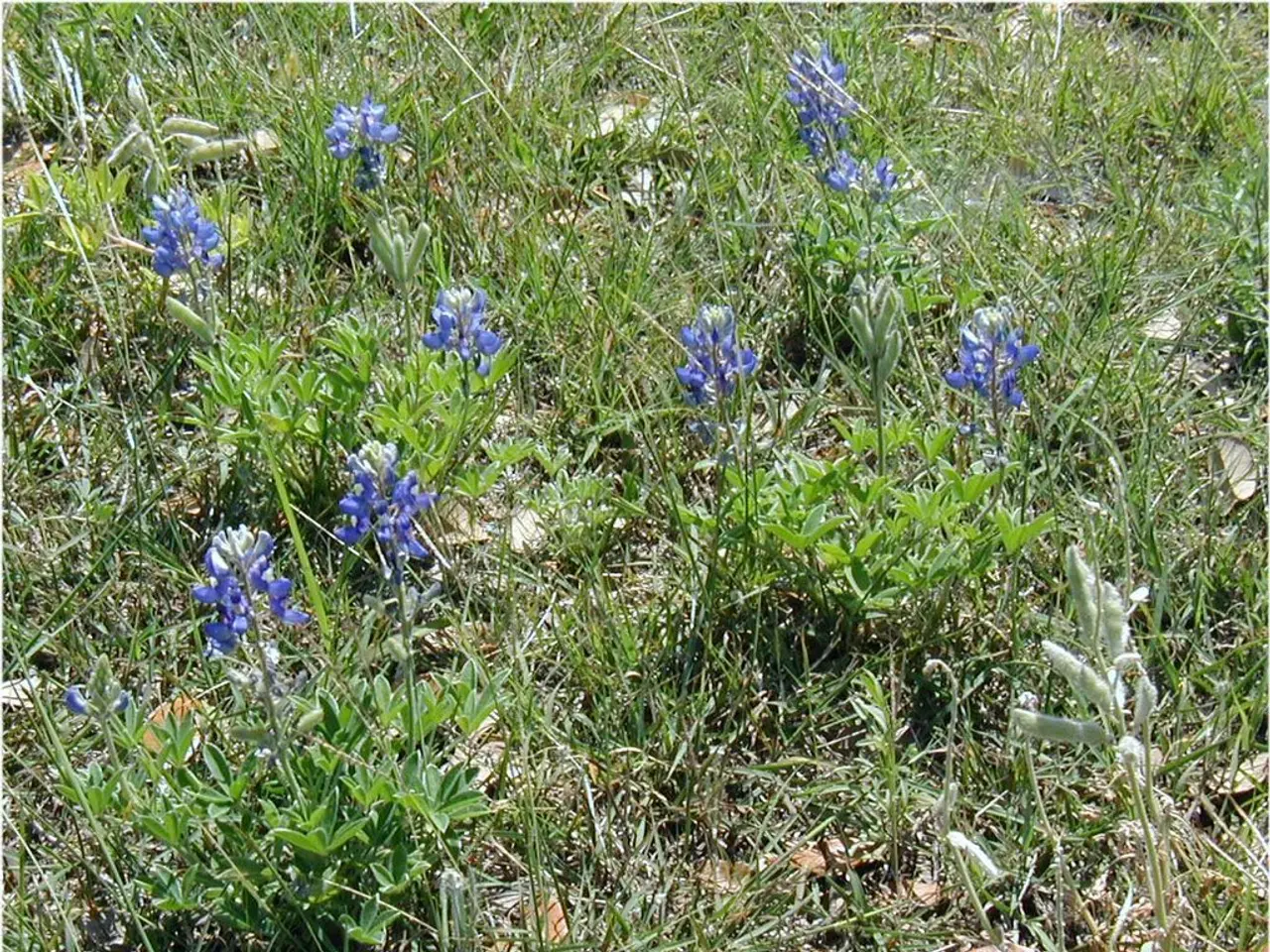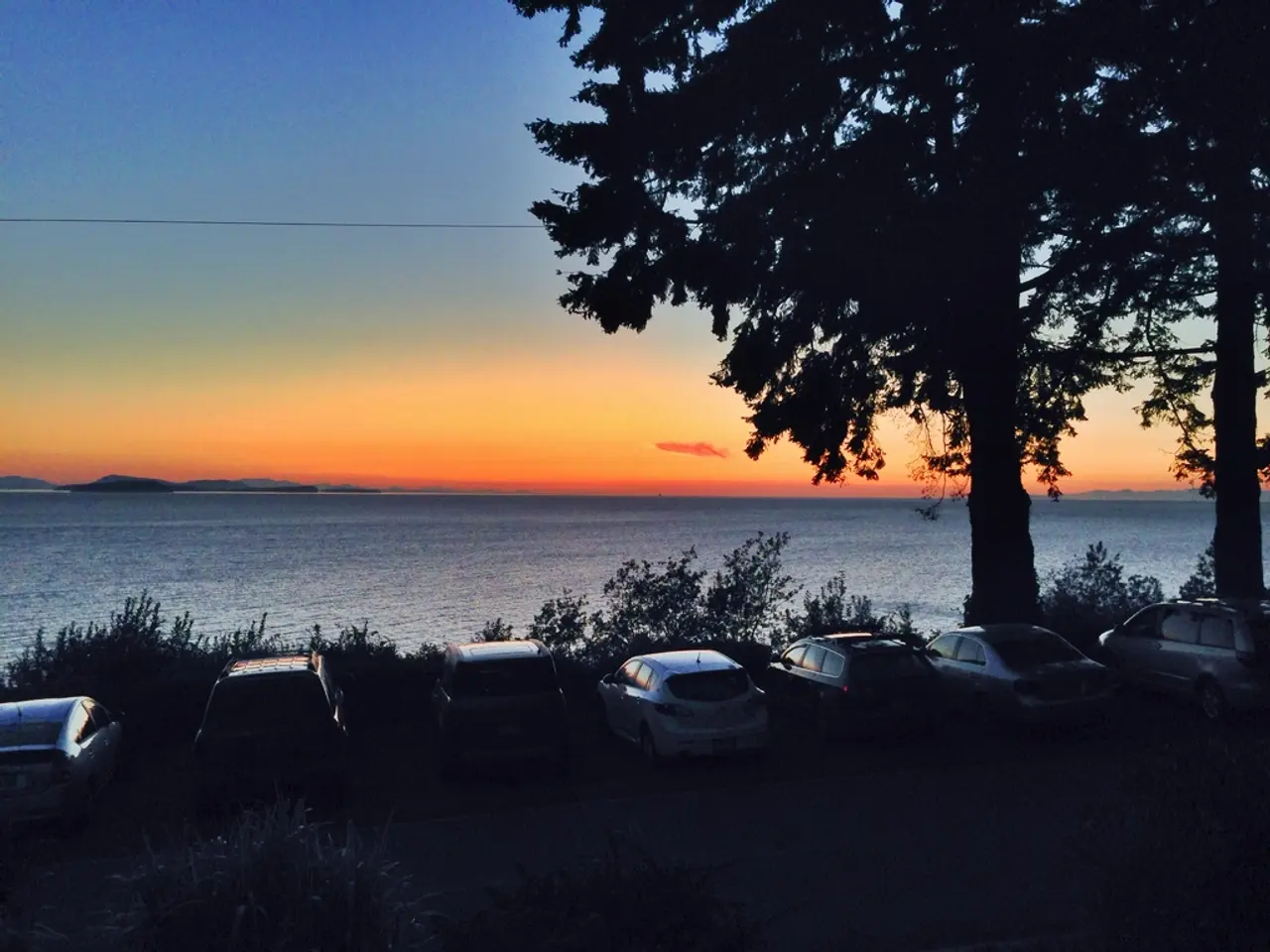Revitalize Your Soil During Winter Through Cover Cropping: 6Green Manures to Sow in Autumn
In the quest for a healthier and more sustainable garden, cover crops play a crucial role. These hardworking plants help reduce or prevent soil erosion, boost nutrient levels, and suppress weed growth. Here's a guide to the best no-till cover crops for fall planting in home gardens.
## Recommended No-Till Cover Crops for Fall
### Winter Rye (Cereal Rye)
Winter rye is a popular choice for no-till systems due to its effectiveness in erosion control, weed suppression, and adding organic matter. It establishes quickly in cool weather and continues to grow late into the fall and early spring, making it ideal for overwintering. Plant winter rye in late summer to early fall, about 6–8 weeks before the first hard frost. In spring, simply mow or roll down the rye before planting your cash crop; its dense residue helps suppress weeds and retains soil moisture.
### Crimson Clover
As a legume, crimson clover fixes nitrogen and provides a beautiful floral display, improving soil structure. It is excellent for gardens that will be planted with nitrogen-loving crops the following spring. Plant crimson clover at the same time as winter rye, and terminate it in spring by mowing or rolling. Its residue decomposes relatively quickly, making it easier to plant into without tilling.
### Buckwheat
Though typically used as a summer cover, buckwheat can be planted in early fall in mild climates. It suppresses weeds and attracts beneficial insects. Plant buckwheat only in areas where frost comes late or is mild, and terminate before it sets seed using mowing or chopping.
### Hairy Vetch
Another excellent nitrogen-fixer, hairy vetch establishes well in fall and provides thick ground cover, improving soil structure and suppressing weeds. Plant hairy vetch in early fall and terminate in spring by mowing or rolling. Its residue acts as a mulch for subsequent crops.
## Planting Tips for Home Gardeners
- Mix species: Many gardeners combine winter rye (for biomass and weed suppression) with crimson clover (for nitrogen fixation) for optimal soil benefits. - No-till management: In spring, simply mow or roll down the cover crop before it sets seed and plant directly into the residue. This approach preserves soil structure and microbial activity. - Avoid tilling: Tilling disrupts soil life and negates many of the benefits gained from cover crops in a no-till system.
## Summary Table
| Cover Crop | Key Benefits | Sowing Time | Termination Tips | |--------------|-----------------------|----------------------------|---------------------------| | Winter Rye | Erosion control, weed suppression, organic matter | Late summer–early fall | Mow/roll in spring | | Crimson Clover | Nitrogen fixation, soil structure | Late summer–early fall | Mow/roll in spring | | Buckwheat | Weed suppression, insect habitat | Early fall (mild climates) | Mow/chop before seed set | | Hairy Vetch | Nitrogen fixation, weed suppression | Early fall | Mow/roll in spring |
For most home gardens, a mix of winter rye and crimson clover planted in late summer to early fall provides robust soil protection and fertility for the following season. Happy gardening!
- In the home garden, adding winter rye and crimson clover as no-till cover crops during late summer to early fall can offer benefits such as erosion control, weed suppression, and nitrogen fixation, boosting soil structure and fertility for the following season.
- To maximize a home garden's lifestyle and home-and-garden potential, consider capturing the advantages of both winter rye and crimson clover by combining them as a cover crop, as winter rye improves soil by adding organic matter, while crimson clover enhances soil structure and fixes nitrogen.







